What really happened to Malcolm X?
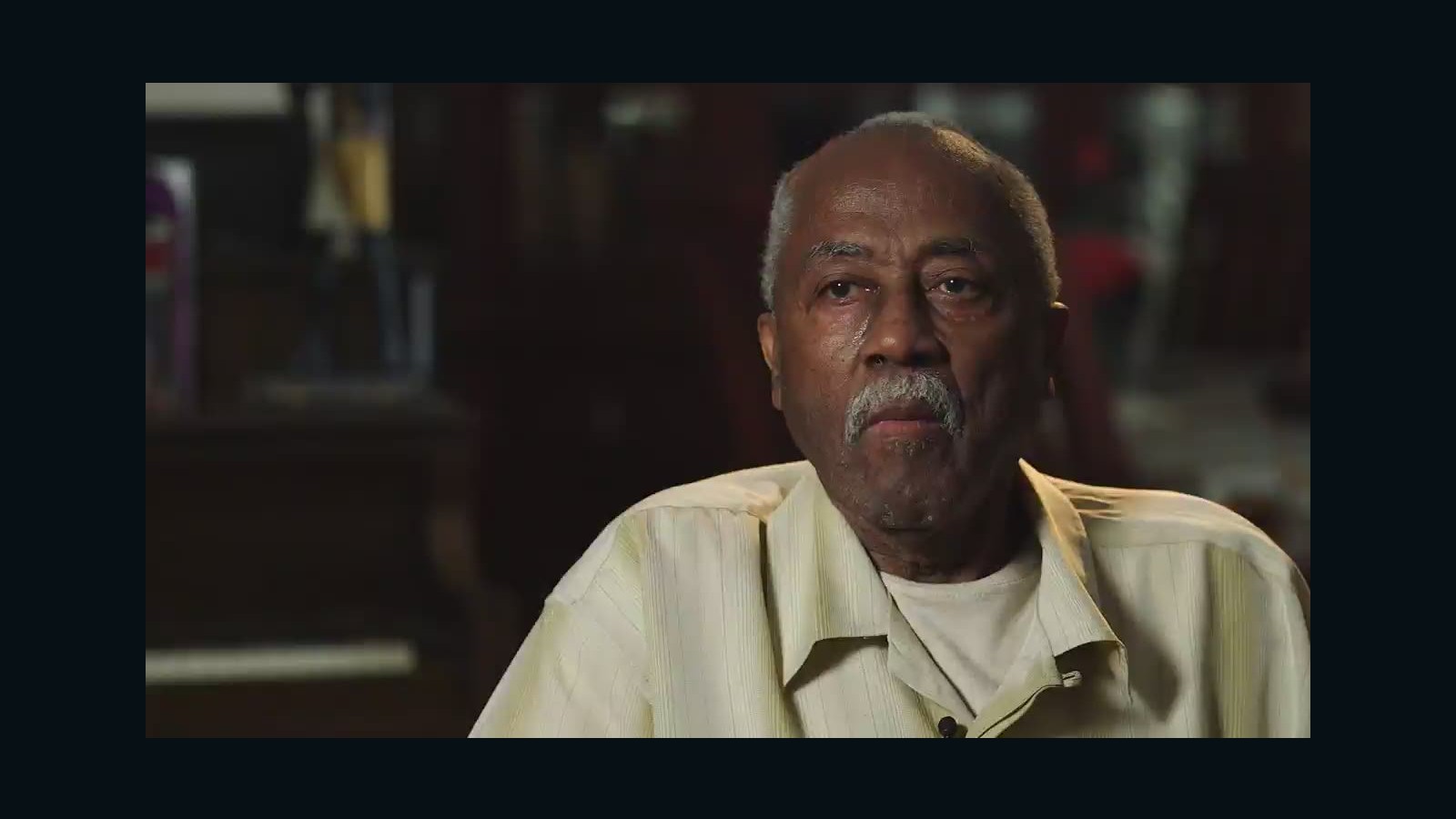
Earl Grant on the moments after Malcolm X's murder 01:06
Story highlights
- Malcolm X was assassinated on February 21, 1965
- Zaheer Ali: Fifty years later, we still have more to learn from Malcolm X's life
Zaheer Ali served as project manager of the Malcolm X Project at Columbia University, and as a lead researcher for Manning Marable's Pulitzer Prize-winning Malcolm X: A Life of Reinvention. He lectures on African American history. The views expressed are his own. Tune into a CNN special report, Witnessed, The Assassination of Malcolm X, tonight at 9p ET.
(CNN)When
Malcolm X was assassinated on February 21, 1965, many Americans viewed
his killing as simply the result of an ongoing feud between him and the
Nation of Islam. He had publicly left the Nation of Islam in March 1964,
and as the months wore on the animus between Malcolm's camp and the
Nation of Islam grew increasingly caustic, with bitter denunciations
coming from both sides. A week before he was killed, Malcolm's home --
owned by the Nation of Islam, which was seeking to evict him -- was
firebombed, and Malcolm believed members of the Nation of Islam to be
responsible. For investigators and commentators alike, then, his death
was an open and shut case: Muslims did it.
Yet
although three members of the Nation of Islam were tried and found
guilty for the killing, two of them maintained their innocence and
decades of research has since cast doubt on the outcome of the case.
Tens of thousands of declassified pages documenting government
surveillance, infiltration and disruption of black leaders and
organizations -- including Malcolm X and the Nation of Islam -- suggest
the conclusions drawn by law enforcement were self-serving. Furthermore,
irregularities in how investigators and prosecutors handled the case
reflect at best gross negligence, and at worst something more sinister.
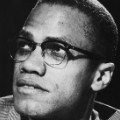
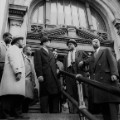
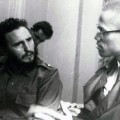
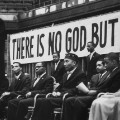
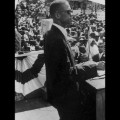
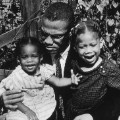

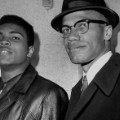
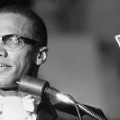
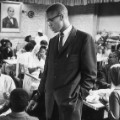
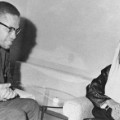
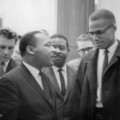
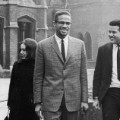
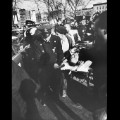

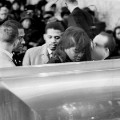
At
the time of his death, Time magazine remembered Malcolm X
unsympathetically as "a pimp, a cocaine addict and a thief" and "an
unashamed demagogue." But for those who had been paying closer attention
to him, Malcolm X was an uncompromising advocate for the urban poor and
working-class black America. Instead of advocating integration, he
called for self-determination; instead of nonviolence in the face of
violent anti-black attacks, he called for self-defense. He reserved
moral appeals for other people committed to social justice; the
government, on the other hand, he understood in terms of organized power
-- to be challenged, disrupted and/or dismantled -- and sought to
leverage alliances with newly independent African states to challenge
that power.
It was his challenge
to the organized power of the state that appealed to growing numbers of
African-Americans, and it was this challenge that also attracted a close
following among federal, state and local law enforcement. Under Federal
Bureau of Investigation Director J. Edgar Hoover's watch, the FBI kept
close tabs on Malcolm's every move through the use of informants and
agents. Even before Malcolm began attracting large audiences and
widespread media coverage in the late 1950s and early '60s, the FBI
reported on his efforts to organize Nation of Islam mosques around the
country. One organizing meeting in a private home in Boston in 1954 had
maybe a dozen or so people present; one of them reported to the FBI.
After
Malcolm left the Nation of Islam in March 1964, agents pondered the
prospect of a depoliticized more religious Malcolm, but still perceived
him as a threat. On June 5, 1964, Hoover sent a telegram to the FBI's
New York office that simply and plainly instructed, "Do something about
Malcolm X enough of this black violence in NY." One wonders, what that
"something" was.
In New York, the FBI's actions were complemented by,
if not coordinated with, the New York Police Department's Bureau of
Special Services, which regularly logged license plates of cars parked
outside mosques, organizational meetings, business and homes. The
actions of the police on the day of Malcolm's assassination are
particularly noteworthy. Normally up to two dozen police were assigned
at Malcolm X's rallies, but on February 21, just a week after his home
had been firebombed, not one officer was stationed at the entrance to
the Audubon ballroom where the meeting took place. And while two
uniformed officers were inside the building, they remained in a smaller
room, at a distance from the main event area.
The
lack of a police presence was unusual and was compounded by internal
compromises on the part of Malcolm's own security staff, which included
at least one Bureau of Special Services agent who had infiltrated his
organization. Reportedly at Malcolm's request, his security had
abandoned the search procedure that had been customary at both Nation of
Islam and Muslim Mosque/Organization of Afro-American Unity meetings.
Without the search procedure, his armed assassins were able to enter the
ballroom undetected. When the assassins stood up to shoot Malcolm, his
security guards stationed at the front of the stage moved not to secure
him, but to clear out of the way.
These
anomalies, in and of themselves, could have been inconsequential. But
combined, even if just by coincidence, they proved to be deadly, and
allowed for one of the most prophetic revolutionary voices of the 20th
century to be silenced. The investigation that followed was just as
careless. The crime scene was not secured for extensive forensic
analysis -- instead, it was cleaned up to allow for a scheduled dance to
take place that afternoon, with bullet holes still in the wall!
For
activists, of course, Malcolm X's death took on greater significance
than law enforcement publicly expressed. Congress of Racial Equality
Chairman James Farmer was among the first to suggest that Malcolm's
murder was more than just an act of sectarian violence between two rival
black organizations. "I believe this was a political killing," he
asserted, in response to Malcolm's growing national profile within the
civil rights movement. He called for a federal inquiry -- unbeknownst to
Farmer, an ironic request given the level of covert federal oversight
that was already in place.
Slowly,
Farmer's doubts gained considerable traction. Author and journalist
Louis Lomax, who had covered Malcolm X and the Nation of Islam on
several occasions, put Malcolm X's assassination in context with Martin
Luther King Jr.'s in "To Kill a Black Man" (1968). More than four
decades ago, activist George Breitman was among the first to challenge
the police version of who was responsible for Malcolm X's death. More
recently, the work done at Columbia University's Malcolm X Project,
culminating in Manning Marable's Pulitzer Prize-winning "Malcolm X: A
Life of Reinvention," echoed these doubts and put at the forefront these
unanswered questions about Malcolm X's murder.
These
questions deserve answers. They call upon us to revisit not just the
political significance of Malcolm X's life, but the implications of his
murder. Our government especially deserves scrutiny for its covert
information gathering, disinformation campaigns, and even violence waged
against its own citizens. Fifty years later, we still have more to
learn from Malcolm X's life, and his death, and our government's actions
toward him.


















